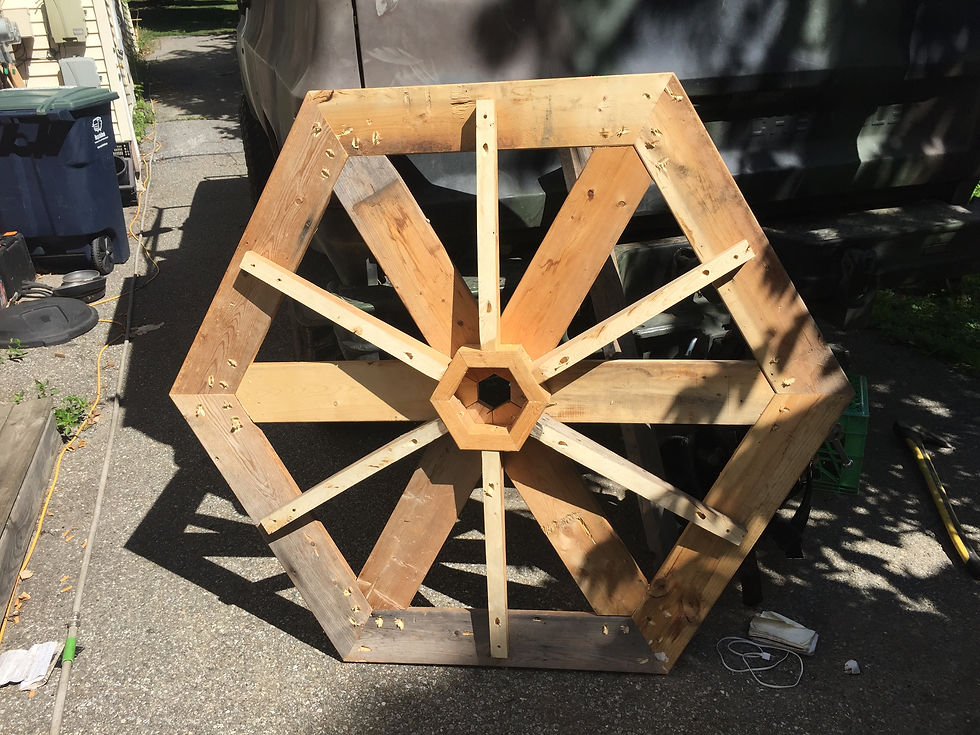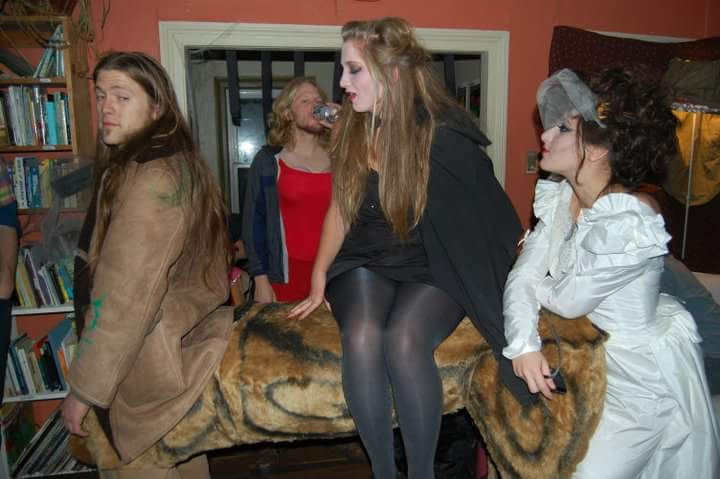Frame to Finish Carpentry
It's hard to quantify how much of an impact carpentry has had on my development as a professional and a person. It's helped me strike a balance between efficiency and patience, knowing first hand how haste can ruin many hours of good work, or even injure my own ability to play music. It has helped me absorb the axiom "pick two: good, fast, cheap." It has shown me the vital importance of taking perspective, in how sighting the length of a beam can prevent a lot of struggle in making a crown, bend, or cup in it work in your favor. Troubleshooting has become a matter of getting intimate with the problem, often eye level to the ground to get a close look at a joint or underlayment to determine exactly what needs changing: Is there an unfavorable bevel on the joint, or is there a warp in the plaster or an unseen nail holding the piece out of plane? Taking a few moments to be with the issue can save hours of unnecessary corrective measures.
Being responsible for the end result of the design process has cemented the importance of good design and even better planning. A novel design element might be theoretically possible, but the actual execution of cutting a complex hole in double pane glass to accommodate a W shape beam, then passing it through the hole via crane (radial and rotational movement only!) and hand guidance, sealing it, and then dealing with the thermal bridging that wasn't anticipated might be better dealt with by a different design. Trust between responsible professionals has shown itself to be more valuable than gold, when designers can save time by leaving blocking and many details up to the craftsmen, and the builders can see all the pertinent design elements from the outset and know that any needed drawings will be provided promptly. Managing the proverbial Gants chart becomes an extended dance, otherwise the tiling might get started before the plumbers have drains and supply in place.

hexagonal picnic table

no exposed endgrain greatly increases longevity

I got a lot of mileage out of this. Castor wheel "hooves" support 300 lbs a piece, 2x6 "spine" and 2x4 legs and "pelvis" with blueboard body and teddy bear fur. Frayed cargo rope for tail allowed over-the-shoulder hoisting of the horse butt for climbing stairs

hexagonal picnic table